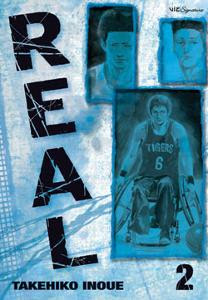
Yes, it's been silent around here, even with my one-year blogiversary passing me by. But, I am compelled to write today because of the shutdown of local manga publisher, CMX.
CMX published a slew of great books, many of which I enjoyed. While I'm sad to see some series will never be finished (like Two Flowers for the Dragon, Apothecarius Argentum, Venus Capriccio and Swan), there is a small measure of satisfaction knowing that other personal favorites came to a close in time, including Emma and The Name of the Flower.
I had the opportunity to meet editor-in-chief Asako Suzuki at San Diego Comic-Con International last year. I felt beyond lucky when she extended an invitation to visit the CMX offices in La Jolla, just minutes from my home in San Diego. I took her up on the offer a month later, during my first unpaid furlough day from my full-time job. It was a much-needed pick-me-up during an uncertain time.

There, I met editor John Chadwick and creative director Larry Berry, in addition to others on the CMX staff. They were all gracious, wonderful people willing to indulge my keen interest; they also introduced me to some awesome series, many of which I've continued reading. So, it was doubly troubling to hear the news earlier today; these people are fellow San Diegans and, working in media myself, fellow colleagues. I just hope that all of CMX's staff members land on their feet, as nothing regarding employees has been released thus far.
While I don't have much to say about CMX's relationship with parent company DC, I do know that it was always disappointing to find zero CMX presence at SDCCI, despite the Time Warner subsidiary's large footprint. As a public relations professional, I was also surprised by the lack of marketing support lent, especially considering the critical acclaim many titles earned.
 With other recent and unwelcome manga industry news, it seems the niche is in a sorry state of affairs tied to the still-flagging economy and the larger publishing industry's difficulties in navigating an increasingly digital market. What this means for the future is anyone's guess.
With other recent and unwelcome manga industry news, it seems the niche is in a sorry state of affairs tied to the still-flagging economy and the larger publishing industry's difficulties in navigating an increasingly digital market. What this means for the future is anyone's guess.All I know is that I'm disappointed that the market is contracting and consolidating. It means less choice, variety and competition overall, and there's nothing good about that.






















